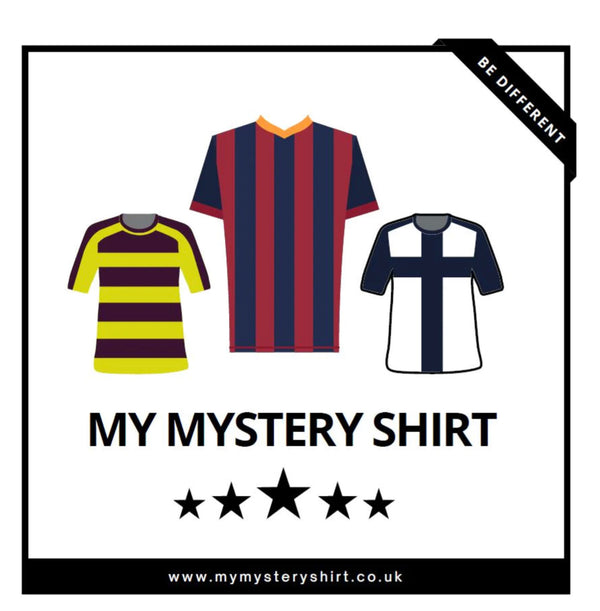
How To Spot A fake Football Shirt?
Share
Fake football shirts have become a massive problem for brands, manufacturers and buyers. The truth is fake football shirts are becoming more common and with advances in technology and production quality, it is becoming more difficult to tell the difference between real vs fake shirts. Below is a detailed guide on how to spot a fake football shirt -
1. Product Codes
 All official shirt releases from leading manufacturers contain a unique product code which is also known as International Article Number (IAN) or SKU. Product Codes for Nike, Adidas, Puma and Umbro can be seen on the left and these codes should be typed into google.
All official shirt releases from leading manufacturers contain a unique product code which is also known as International Article Number (IAN) or SKU. Product Codes for Nike, Adidas, Puma and Umbro can be seen on the left and these codes should be typed into google.
2. Tags and Labels
If your football shirt does not have wash labels inside then this can be an indicator that the shirt is fake, but not every time. Some player issue shirts and retro shirts from 80’s or 90’s may not have a wash label. If the wash label has any sort markings on, for example biro pen or permanent marker, this is common as counter fit manufacturers often mark labels for mass production.
3. Materials
Authentic football shirts are made from high-quality materials that feel durable and comfortable. Check the fabric as genuine shirts use breathable materials that are often a blend of polyester and other fabrics. Counterfeit shirts may feel cheaper, rougher or even lighter than the real shirts.
Logos are often an easy giveaway to identify fake football shirts. If a logo is looking very sketchy in its shape or because the different elements or fonts are off it is most likely a fake. However, it can be hard to tell whether you have a Authentic shirt on your hands with the rise of plastic heat-applied crests.
5. Stitching
Turn the shirt inside out and inspect the stitching. A fake shirt may have traces of sloppy stitching, loose threads or irregular patterns which are common signs of a counterfeit shirt. Whereas authentic football shirts will have neat, even stitching throughout, especially around the seams and logos.
6. Sizing
The fit of the shirt is a great indicator of its authenticity. Review the sleeve length, the waist size, the collar opening size, and the tightness around the armpits. If you know your exact size for that particular brand or manufacturer, you can then compare the sizing with what you know.
7. Price
If a shirt’s price is too good to be true, it usually is. Prices are currently at their highest levels for customers, but so are manufacturing and logistics costs. If a recently released football shirt is sold for less than half its regular price, it will more than likely be a fake.
8. Trusted Supplier
If you walk into your local Nike store you can guarantee you will be purchasing an authentic shirt. However, if you are buying online it can become a little more difficult. Try to avoid buying Football shirts at reseller sites like eBay, Depop, Vinted and Facebook Marketplace. No one from within these online marketplace seem to take any notice of reports which in turn is seriously ruining the experience of searching for shirts on these sites.
Buying from a brand, club shop or trusted retailer is the only way to guarantee yourself an official product online. If you are unsure look up the name of the store online and chances are you will find negative reviews or the store will not list an address or responsible person at all.
Conclusion
This article will hopefully help you identify a fake football shirt and learn from us at My Mystery Shirt about how to authenticate your shirts properly in order to stop sellers taking your hard-earned money. By checking materials, stitching, tags, logos, and purchasing from trusted sources, you can ensure that the football shirt you acquire is genuine.
We only partner with trusted retailers and brands at My Mystery Shirt, which is why we know how to spot fake football shirts from a mile away.
